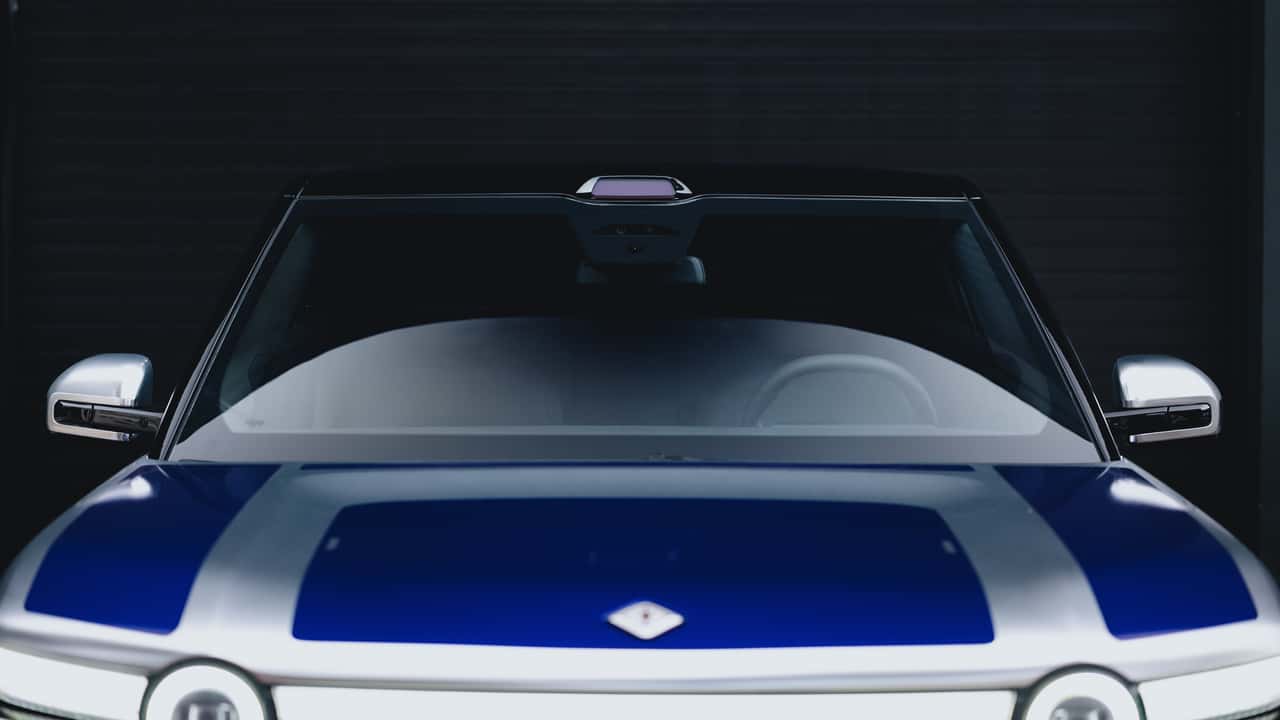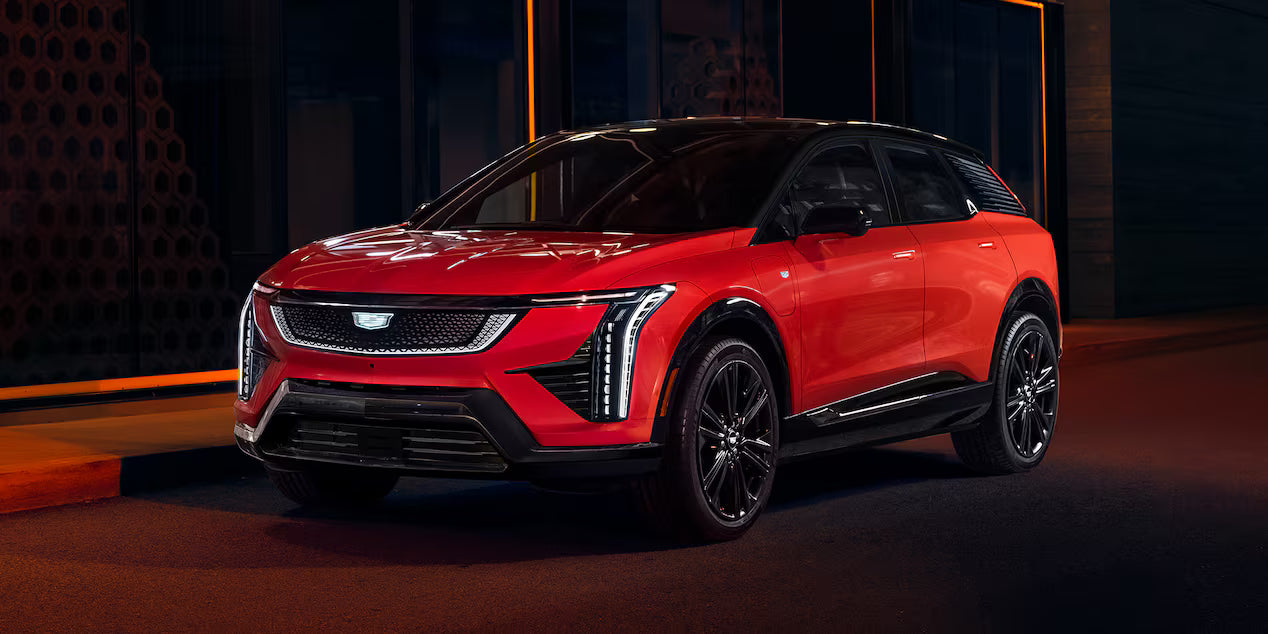Porsche’s Flagship SUV Goes Electric
Porsche is preparing to launch the first-ever electric Cayenne, a landmark move for the German automaker. As one of Porsche’s best-selling vehicles, the Cayenne EV carries high expectations to deliver performance, luxury, and cutting-edge technology in one package. Recent prototype test drives in Spain have revealed what the upcoming flagship SUV will be capable of—and the numbers are impressive.

Ultra-Fast Charging Power
Built on the 800-volt Premium Platform Electric (PPE) architecture shared with the Macan EV and Audi Q6 e-tron, the Cayenne EV packs a 108-kWh (usable) battery with LG-supplied pouch cells. Its range is expected to exceed 373 miles (600 km WLTP), but the real standout is charging: the SUV supports up to 400 kW DC fast charging, allowing a 10–80% recharge in just 16 minutes under optimal conditions.
For comparison, the Lucid Air Grand Touring peaks at 300 kW, while the Lucid Gravity SUV matches the Cayenne’s 400 kW—but only when paired with a 1,000V charger. Porsche also equips the Cayenne EV with dual charging ports positioned at the rear, making it easier to connect at stations with shorter cables.
Performance and Variants
Three versions are in development, each featuring dual permanent magnet motors—a Bosch-supplied unit at the front and a Porsche-built motor at the rear—combined with a two-speed rear gearbox for maximum efficiency and power. All models come standard with all-wheel drive.
-
Cayenne EV Base: 400 horsepower
-
Cayenne EV S: 600 horsepower
-
Cayenne EV Turbo: 805 horsepower
Despite weighing roughly 6,000 pounds, the Turbo will reportedly sprint from 0–60 mph in under three seconds and hit a top speed beyond 155 mph.
Recommended Reading: Tesla increases Model S/X prices by $10k with new Luxe Package
Size, Suspension, and Off-Road Capability
At 196 inches long, the Cayenne EV is slightly larger than its combustion sibling, with a 118.9-inch wheelbase for improved stability. The SUV comes standard with air suspension and twin-valve dampers, which automatically adjust ride height depending on speed and driving mode. A dedicated Off-Road mode increases ground clearance to a maximum of 9.6 inches (245 mm), while lowering the SUV by up to 30 mm at higher speeds for better aerodynamics.

Market Position and Launch Timeline
Unlike the all-electric Macan, which will gradually replace its gas-powered counterpart, the Cayenne EV will coexist with the combustion version for years. Porsche plans to start deliveries next year, alongside another facelift for the gas-powered Cayenne. With its unmatched charging speeds, blistering performance, and dual-market strategy, the Cayenne EV is shaping up to be one of the most advanced electric SUVs on the market.
Recommend Reading: Porsche Reconsiders Virtual Gear Shifts for EVs After Initial Pushback








Share:
Breaking Down Trump’s Trade Deal Twist: Could Unified Standards Reshape America’s EV Market?
The New Volvo XC70: Long-Range PHEV With DC Fast Charging And V2L